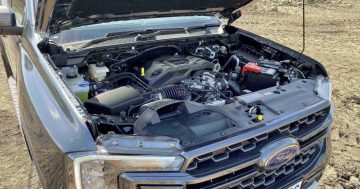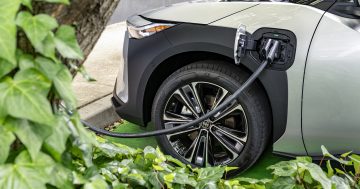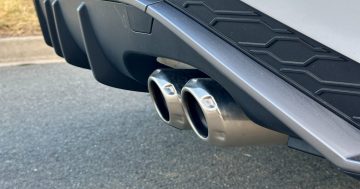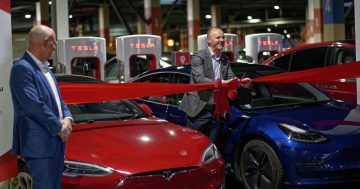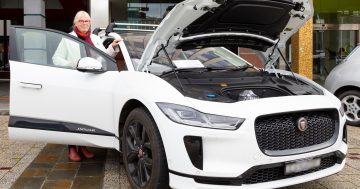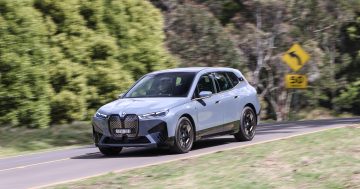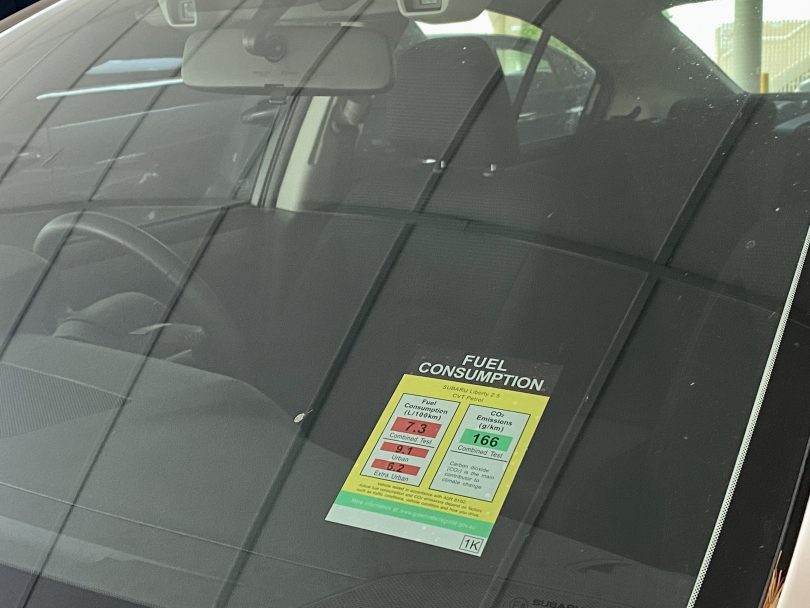
Fuel consumption figures for the Subaru Liberty, according to the Green Vehicle Guide. Photo: James Coleman.
So far into human existence, we’ve been bred never to take labels as gospel.
‘Wet paint’. Yeah, right. At least one finger must be deployed to check. ‘No exit’. Watch me. Aldi’s ‘Black Stone’ chips – surely they’re made in the same factory as those from Red Rock Deli?
Likewise, when you note the sticker on the corner of your Hyundai Tucson’s windscreen says it will consume 6.3 litres of petrol per 100 km, the immediate response is, “Yeah, but that’s in a lab”.
It’s true. These stickers are issued by the Australian Government’s ‘Green Vehicle Guide’ initiative, which tests the fuel consumption and CO2 emissions of every new car on sale in Australia under laboratory conditions.
There are two phases to this test.
Phase 1, the ‘urban’, represents stop‐start traffic conditions. Phase 2, the ‘extra‐urban’ cycle, involves the vehicle accelerating to high speed. Both are averaged out for the ‘combined’ test result based on the distance travelled in each part of the cycle.
So, what’s the difference between this and what you can expect on the road? We’re about to find out.
The government is giving $14 million to the Australian Automobile Association (AAA) over the next four years to test the real-world fuel usage of a range of popular cars, SUVs and utes sold in Australia.
“Our investment in on-road testing will better inform consumers about the true cost of running a range of vehicles,” Federal Minister for Infrastructure, Transport, Regional Development and Local Government Catherine King said.
“By shining a light on the real-world emissions and fuel use of popular car models, this testing will continue to help Australians make more informed decisions about their next vehicle purchase, one that suits their budget and environmental needs.”
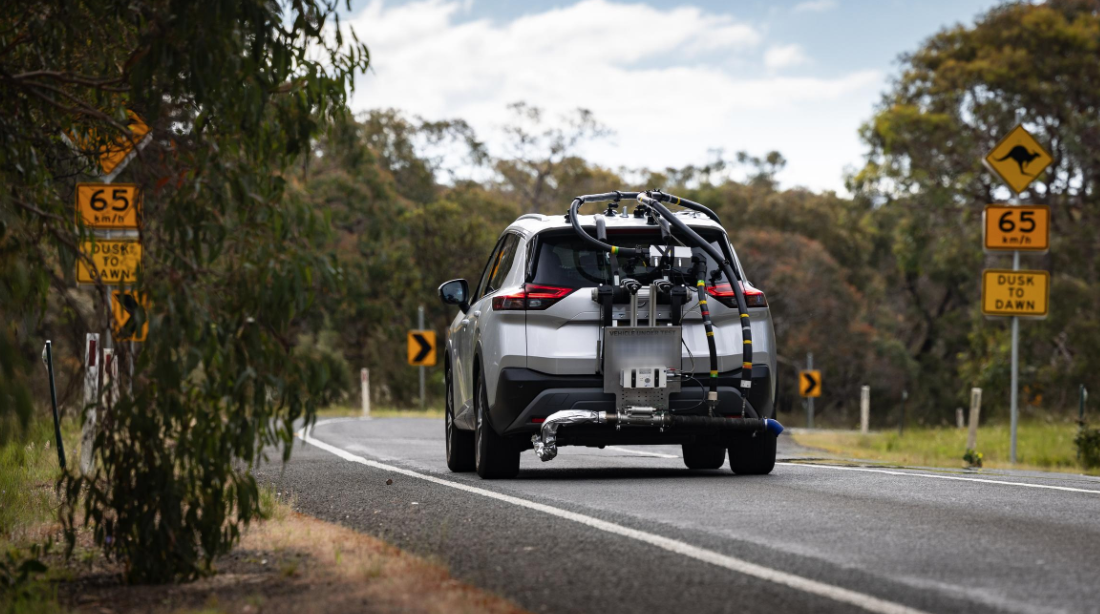
The cars were taken on a blend of urban and rural roads near Geelong in Victoria. Photo: Australian Automobile Association (AAA).
The first nine of 200 cars were tested in August under “strict protocols” developed by the Department of Infrastructure, Transport, Regional Development, Communications and the Arts and Industry.
Three vehicles outperformed their lab test results, using less fuel in the real world, while five used between 8 and 13 per cent more. Three of the vehicles tested also produced higher noxious emissions on the road than the lab test would let fly.
The Hyundai Kona was among those that recorded the largest gap during its 93 km test on the roads around Geelong in Victoria. Its sticker claims fuel consumption of 6.2 litres per 100 km, but the real world notched this up to 7 litres.
CO2 emissions were also up from 148 grams per 100 km in the lab to 161 grams on the road.
The petrol-powered Toyota RAV4 also used 13 per cent more fuel than in the lab on its 93-km test run (6.0L/100 km vs 6.8L/100 km).
But the majority read over, albeit by infinitesimal amounts in the grand scheme of things. For instance, the results for the diesel Hyundai Tucson were better than the lab by 1 per cent, the Nissan X-Trail worse by 2 per cent, and the Toyota RAV4 Hybrid better by the same.
The other cars tested include the Mitsubishi ASX, Ford Puma, MG ZS and the GWM-Haval Jolion.
So far, the signs are better than in 2017, when the AAA looked at 30 popular cars and found that – on average – they consumed 23 per cent more fuel in real-world conditions than in lab tests.
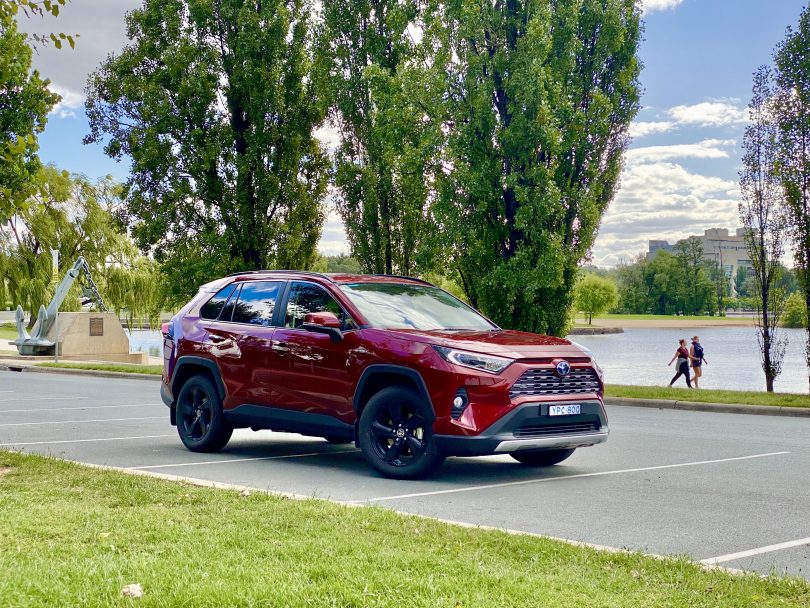
The Toyota RAV4 Hybrid achieved 4.8 litres per 100 km in the test, 1 per cent out from its lab result of 4.7. Photo: James Coleman.
The real-world results achieved by 11 of the 12 diesel vehicles tested also exceeded regulatory laboratory noxious emissions limits.
“Australian car buyers have for too long been misled regarding their vehicle’s fuel consumption and environmental performance,” AAA Managing Director Michael Bradley said.
“This program will deliver Australians truth-in-advertising and drive down demand for cars that over-promise and under-deliver.”
Each vehicle’s report will be published on the AAA website once the manufacturer has been notified.
